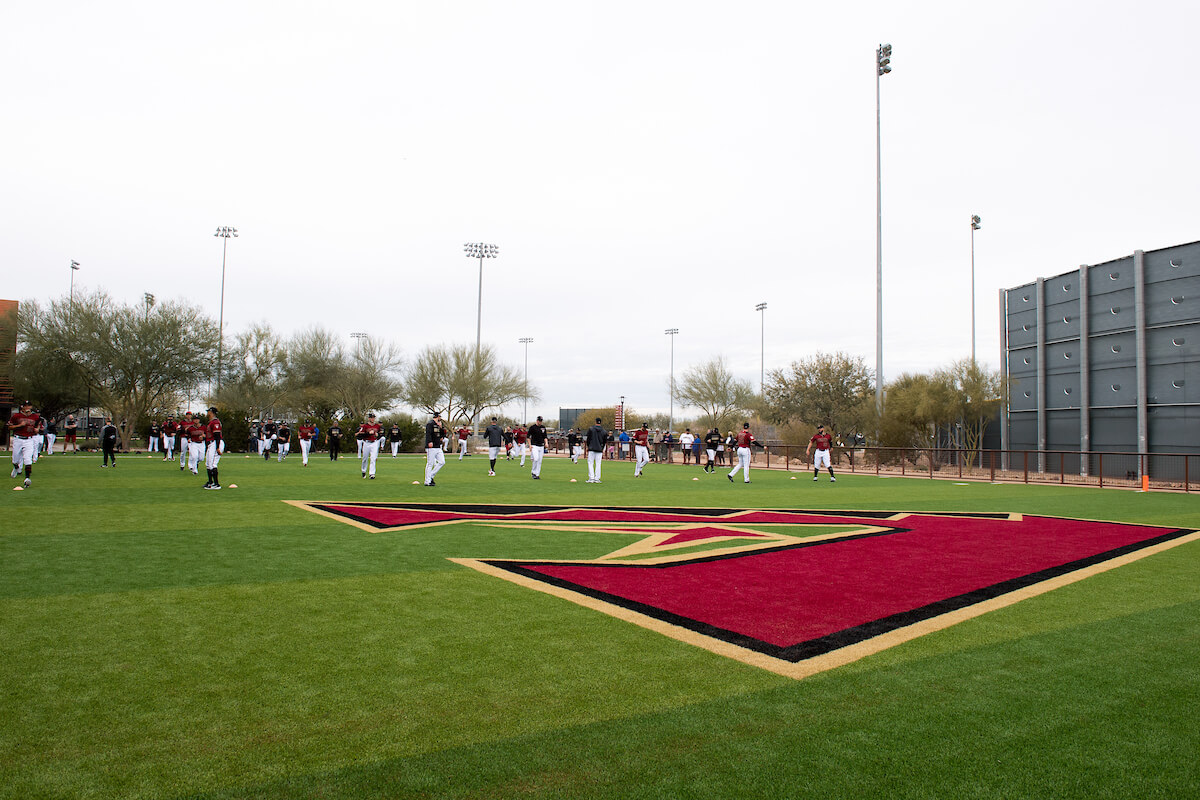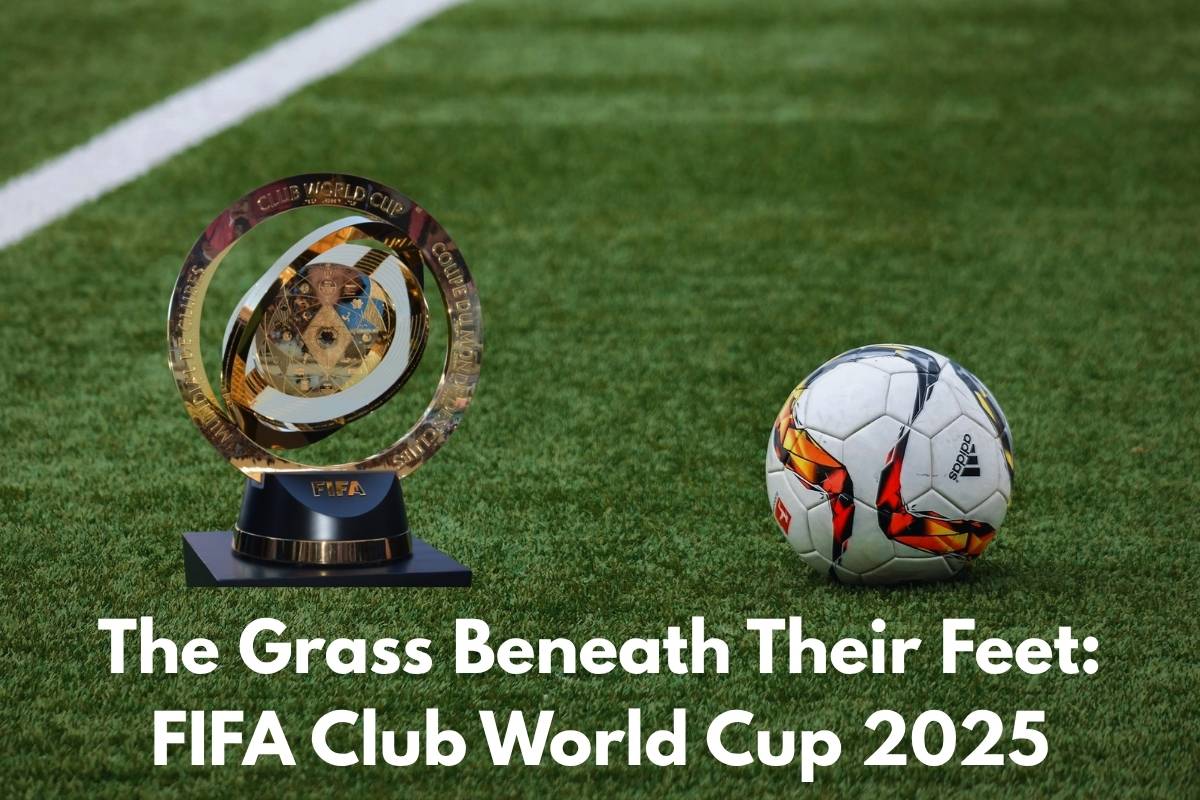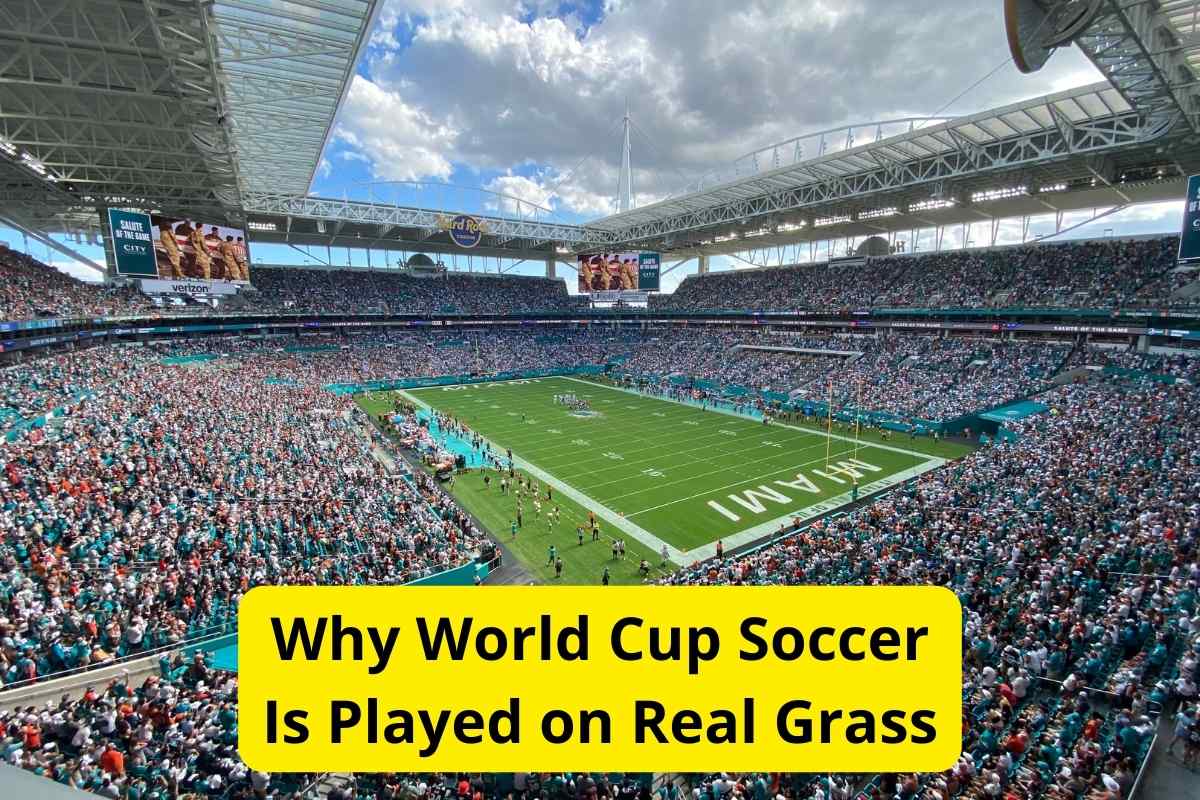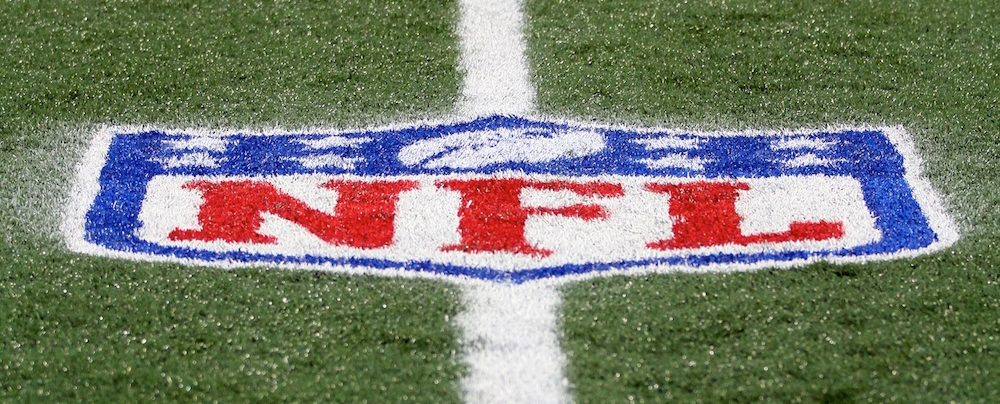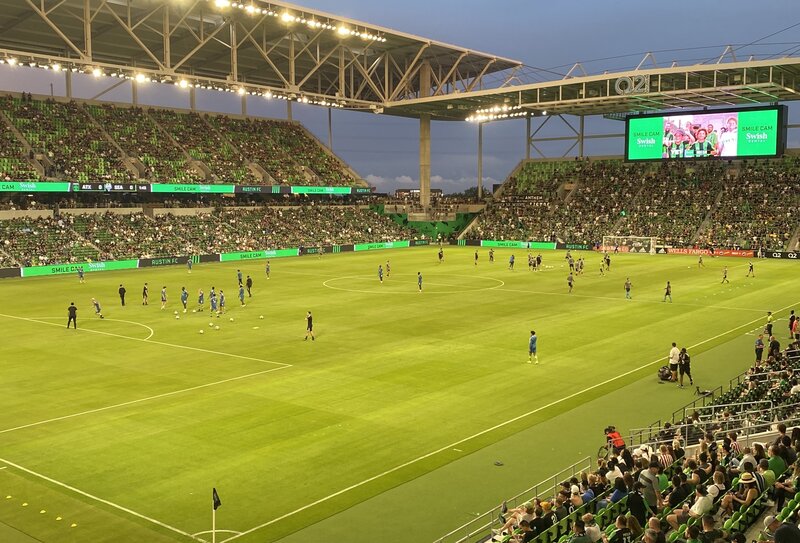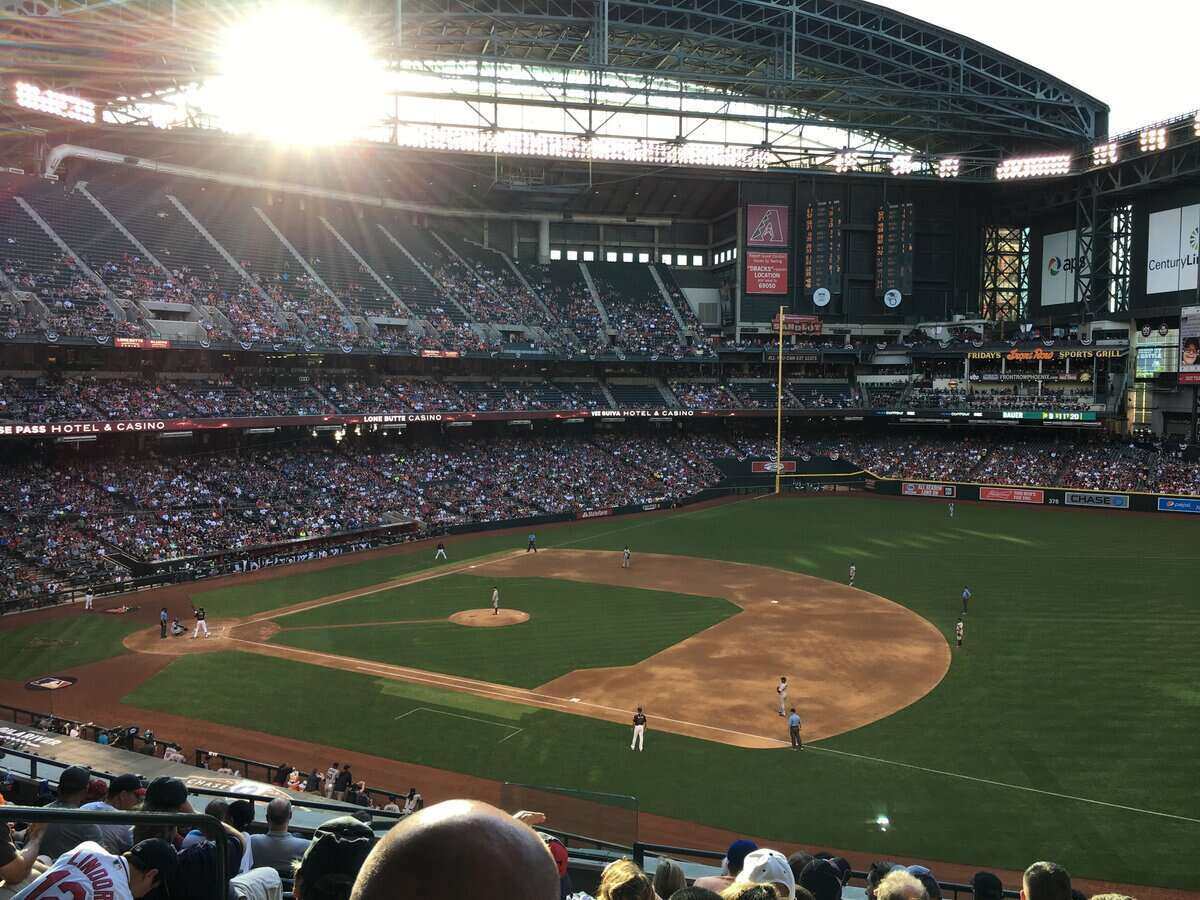
When the boys of summer (and spring) take to the fields this season, they’ll be doing so on natural grass with five notable exceptions. Major League Baseball stadiums moved to Mother Nature’s grass in recent years, but the tide has shifted back a bit to artificial turf.
AstroTurf and the Rush to Artificial Grass
There was a tectonic shift in sports in 1966 when the first artificial turf debuted in Houston’s Astrodome, home to the then-still-new Major League Baseball Astros.
Subbing for natural grass, which the Astros couldn’t get to grow indoors at their new ballpark, AstroTurf was an immediate hit. Baseball parks across the country took up the cause. At the same time, professional, collegiate and recreational facilities also decided to take the leap. So did football and soccer fields.
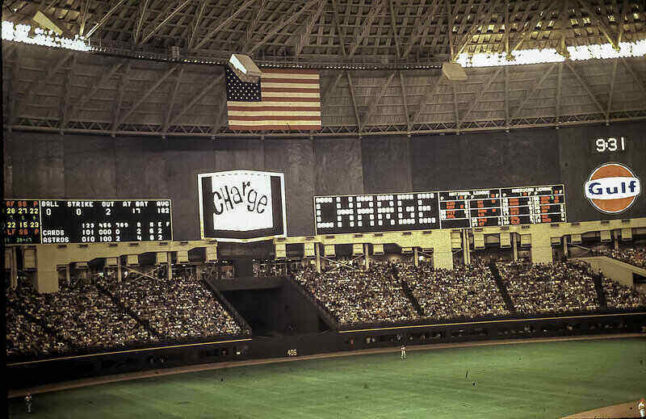
Baseball Goes Back to Natural Grass
The honeymoon with turf peaked in 1982, when 10 of 26 MLB teams played on fake grass. The artificial stuff had a good run for about four decades in MLB, but ultimately did not last. By 2018, there were just two MLB teams playing on the fake stuff, the Tampa Bay Rays and the Toronto Blue Jays.
For both, it was a matter of perceived necessity. The Rays played indoors in St. Petersburg, Florida, and the Jays at home in a retractable roof facility not far from the northern shore of Lake Ontario.
A More Natural Artificial Turf Gains Ground
Once thought of as all but extinct, artificial turf is making a comeback in the third decade of the 21st century. Over the space of just 12 months in 2020, three more franchises decided to cast their lots with artificial surfaces, which had been reengineered repeatedly in the previous half century.
Not-So-Green Grass in Phoenix
The Arizona Diamondbacks had tried for years to play on real grass, but the scorching desert summers in Phoenix’s Chase Field wouldn’t play ball.
As the season got deep into summer, the grass would get dry and harden, no matter how much water was put down under the retractable roof. The ball would all-too-frequently take high hops that frustrated Diamondbacks’ infielders. When the ball stayed lower to the ground, the ball would roll faster than would reasonably be expected.
Beyond that, the team’s medical crew had concerns that spots where the sod had died present preventable injury possibilities.
Fans had their complaints, too. Baseball historically had been played on a bright green lawn. Paying customers were less than enthralled with seeing an off-color and blotchy surface.
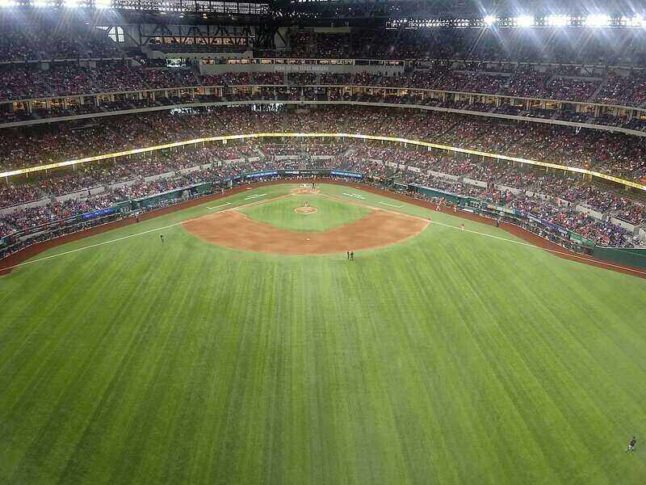
Marlins and Rangers Choose the Same New Fake Grass
Joining the Diamondbacks in 2020 were the Miami Marlins, who’d had an eight-year relationship with grass at their home in Little Havana, and the Texas Rangers, who had an artificial surface put down on their new home, Globe Life Field in Arlington, Texas.
MLB went through a spate of new stadiums in the retro style personified by Oriole Park at Camden Yards, which debuted in 1992. Part of the retro look was natural grass, which led to the phasing out of artificial surfaces over the next two decades.
What’s changed? Why the sudden move back to artificial surfaces?
Largely it’s a matter of approach and perception. In Scottsdale, Arizona, just 30 miles or so from the Diamondbacks’ Chase Field, Platinum TE has developed a version of seashore paspalum particularly suited to heat. But the D-Backs opted instead for B1K, a synthetic grass developed by Georgia-based Shaw Sports Turf.
As it happens, it’s the same turf that the Marlins and the Rangers have laid down.
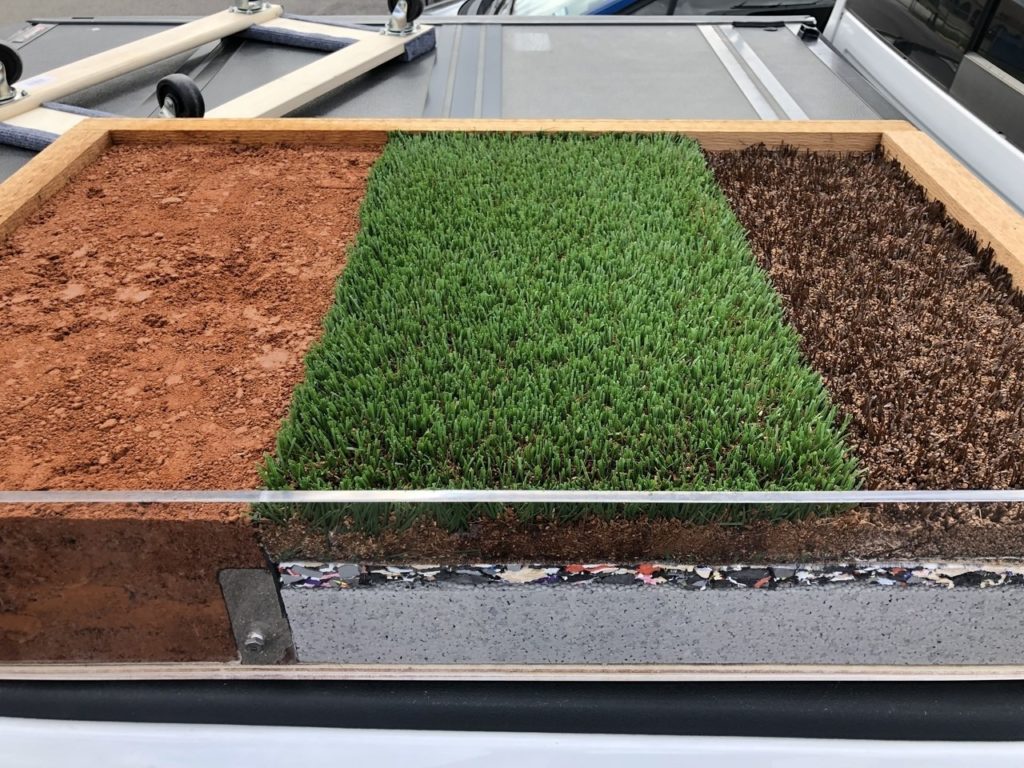
B1K ‘Mimics’ Real Grass
In talking with the Wall Street Journal, Diamondbacks’ chief executive Derrick Hall, a self-proclaimed traditionalist whose personal preference is for natural grass, said he was sold on the way B1K mimics the real deal.
Hall said that initially he was worried about a negative fan response, but was sold by player response. He said he’s been told that the playing experience at Chase Field is better.
Care for Real Grass Strains Stadium, Players, Fans
When grass was laid down, the club needed to keep the roof open until at least 4 p.m. on game nights to let sunlight bathe the lawn. Because of that, early work for players would often take place in temperatures of 110 degrees or higher. Players didn’t like that.
At the same time, the Chase Field air conditioning system would not be able to cool the stadium quickly. That would lead to fans sitting through extreme heat in the early innings. With the move to B1K, the roof can be closed all summer and the only heat issue for fans is getting from the parking lot to the stadium gates without getting heat stroke.
Hall is on record saying he believes the new turf has helped improve the fan experience at Chase Field.
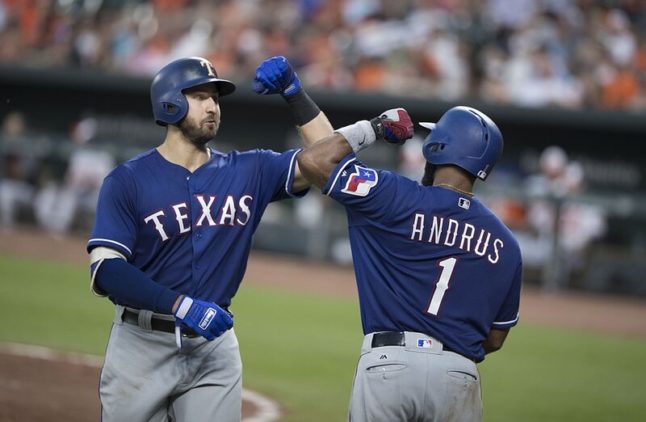
Player Praises B1K – ‘I’m Kind of Surprised’
In talking with SI.com’s Inside the Rangers last year, slugger Joey Gallo said that while the B1K turf in Chase Field is identical to that in Globe Life Field, the two play somewhat differently.
“In Arizona, it was soft and mushy. I felt like I was sinking in,” Gallo said in the days leading up to him being traded to the Yankees, where he would be back on natural grass again. “This (Globe Life turf) feels very normal, and I actually like it a lot. I’m kind of surprised.
“Growing up playing on grass, you are concerned (about playing on turf). But I don’t think this will cause any problems.”
Why the new turf feels closer to natural grass has to do with the materials used in making it. B1K uses a plant-based infill made up of 90 percent coconut. That replaces a mix of rubber pellets and sand, allowing B1K to act more like a natural surface.
Jeter: ‘As Close to Grass As You Can Possibly Get’
Derek Jeter, the long-time Yankees shortstop who just stepped down as the CEO of the Marlins, is sold.
“We’ve gotten rave reviews from our players on the (B1K) turf,” Jeter said. “This turf is a lot different than the artificial surfaces that I’ve played on. When I was playing, I didn’t particularly like the artificial surfaces. But this is as close to grass as you can possibly get.”
A Perfect ‘Grass’ for Challenging Climates
Grass, it is not. And grass will undoubtedly continue to be baseball’s most favored surface.
But for a Marlins team that plays in hot and wet South Florida, the move to B1K works. For a Rangers team that plays in hot and occasionally humid central Texas, it works. And for a Diamondbacks team that calls the southwest desert of Arizona home, it works.
Main Photo Credit: Chase Field, home of the Arizona Diamondbacks / Photo by Steve DiMatteo from Pexels
